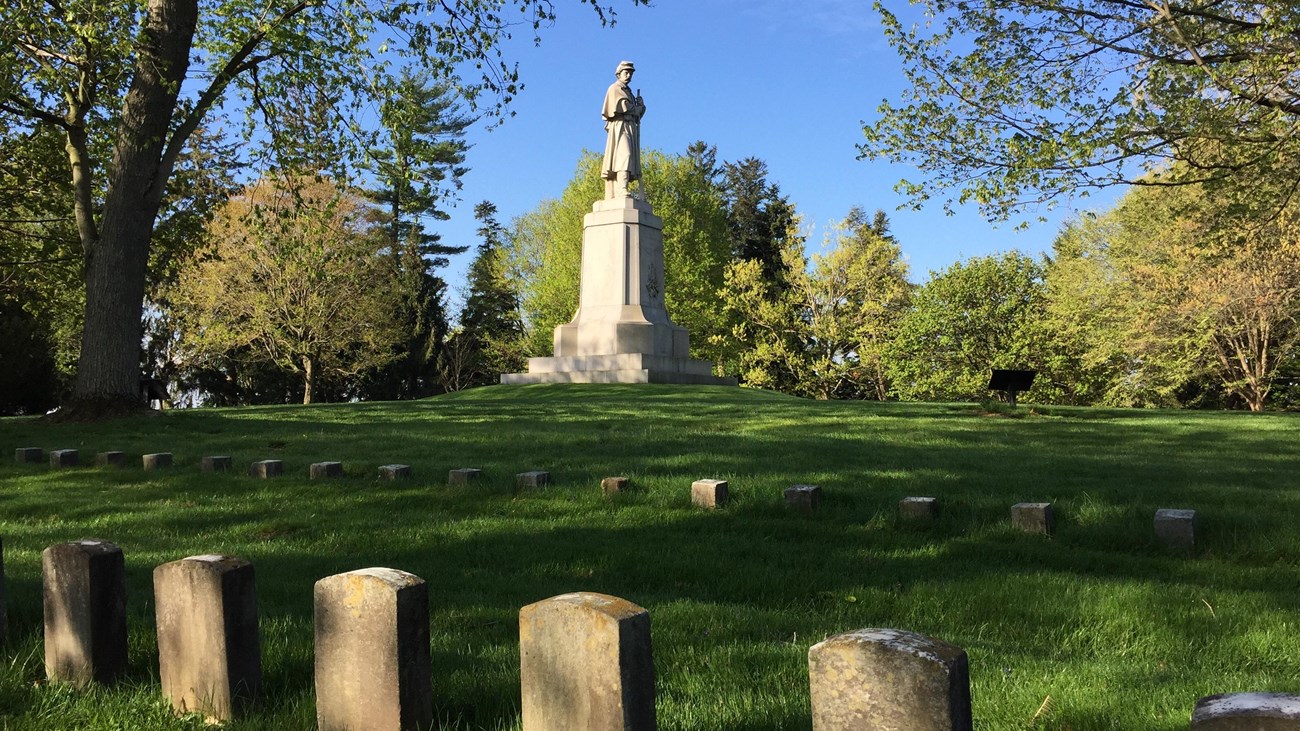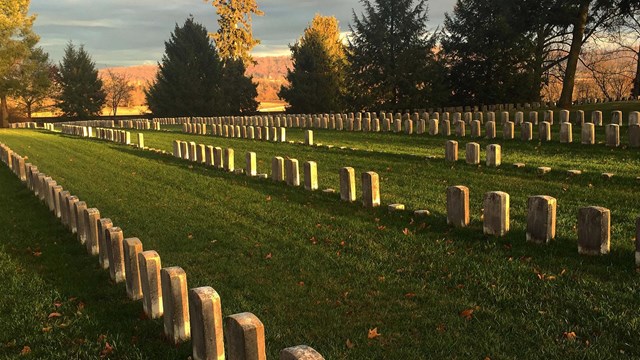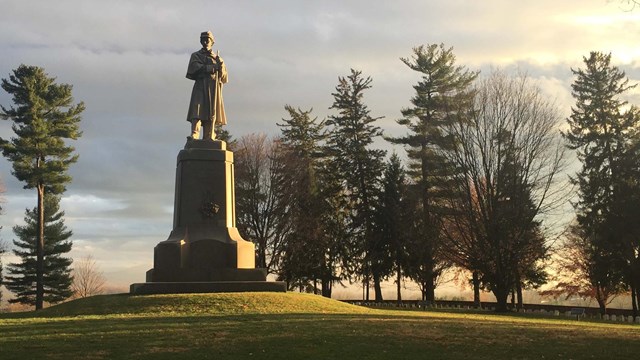
150th Anniversary
This year we will commemorate the anniversary of the cemetery will a series of lectures and a special program on September 17, 2017. 
Lecture Series
Evening lectures with noted historians held at Shepherd University. 
September 16 & 17
Ranger guided tour Saturday evening and commemoration program Sunday. The requested video is no longer available.
|
Last updated: July 19, 2017
